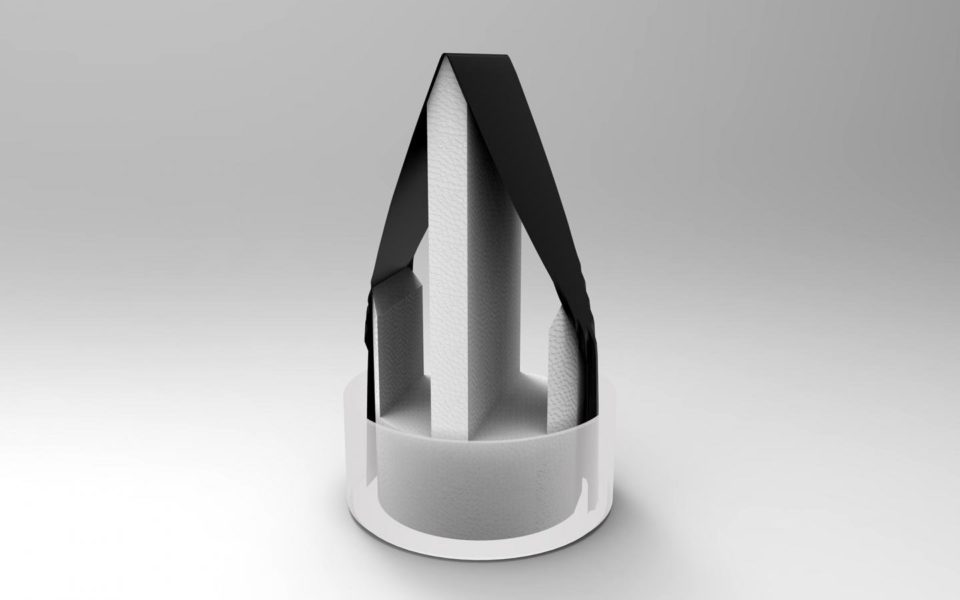Researchers upgraded an ancient water purifying technology that uses the Sun’s energy to cleanse water.
The University of Buffalo scientists are bringing ancient water purifying technology to the future to sanitize water faster than the Sun. In the experiment, carbon-dipped paper is folded into triangular shapes and used to absorb and vaporize water.
“Our technique is able to produce drinking water at a faster pace than is theoretically calculated under natural sunlight,” Qiaoqiang Gan, an associate professor of electrical engineering at University of Buffalo School of Engineering and Applied Sciences, said.
“Usually, when solar energy is used to evaporate water, some of the energy is wasted as heat is lost to the surrounding environment. This makes the process less than 100 percent efficient. Our system has a way of drawing heat in from the surrounding environment, allowing us to achieve near-perfect efficiency,” he explained.
Read More: Water-Based Battery Created for Wind and Solar Energy Storage
According to the researchers, the cost-efficient technology could provide drinking water in places where there are scarce supplies of water or have been struck by natural disasters.
To bring their invention to the public, Gan and his colleagues started the Sunny Clean Water. With funding from the National Science Foundation Small Business Innovation Research program, the researchers are integrating their new evaporation system into a solar still prototype, a so-called sun-powered water purifier.
“When you talk to government officials or nonprofits working in disaster zones, they want to know: ‘How much water can you generate every day?’ We have a strategy to boost daily performance,” Haomin Song, a UB PhD graduate, said. “With a solar still the size of a mini fridge, we estimate that we can generate 10 to 20 liters of clean water every single day.”
“Most groups working on solar evaporation technologies are trying to develop advanced materials, such as metallic plasmonic and carbon-based nanomaterials,” Gan added. “We focused on using extremely low-cost materials and were still able to realize record-breaking performance.”
Gan further said that their technique created new research possibilities that could pave the way to the discovery of better alternatives for the high-temperature steam generation.





Comments (0)
Least Recent